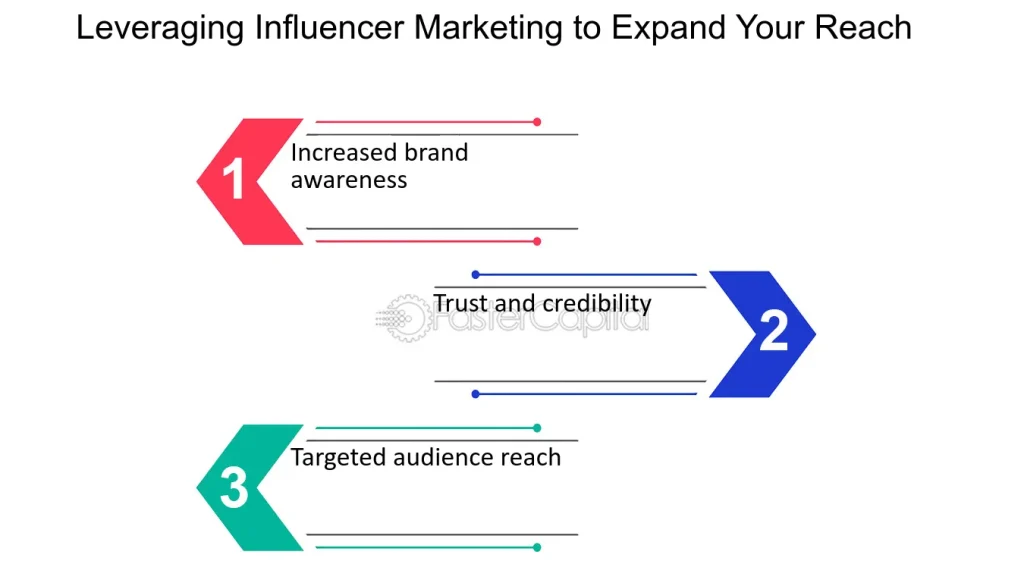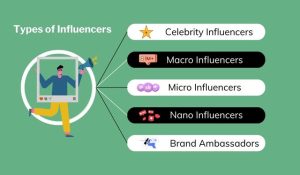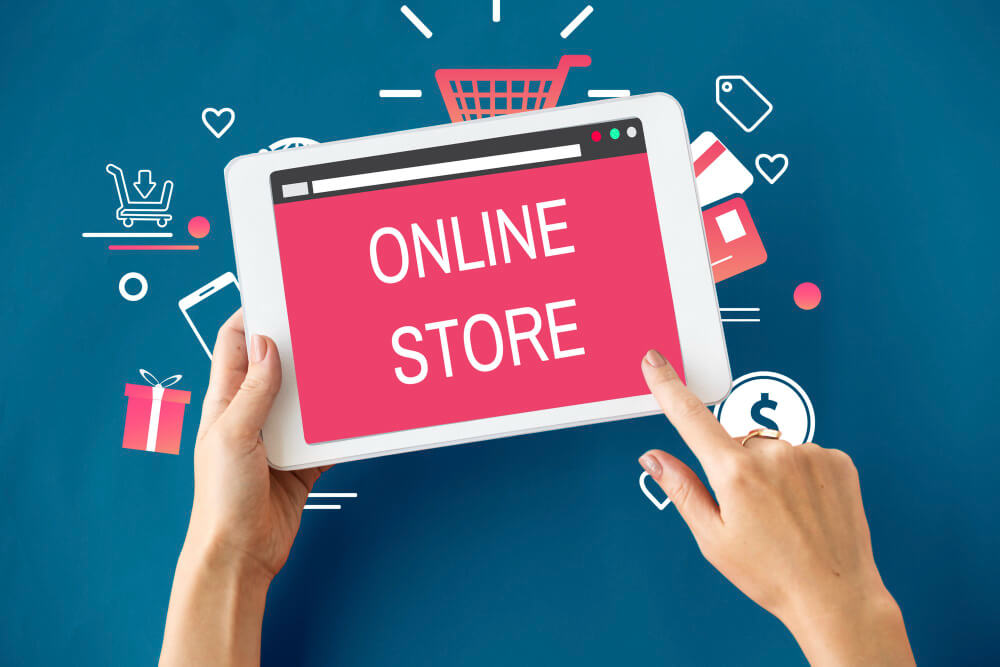Influencer marketing has evolved from being a mere trend to a crucial part of digital marketing strategies. For businesses and brands, leveraging influencer marketing can significantly boost online presence, increase brand awareness, and ultimately drive sales. However, with so many influencers out there, it’s important to approach this strategy thoughtfully to maximize its effectiveness.
In this guide, we’ll dive deep into the world of influencer marketing, how to implement it, and best practices to leverage it for boosting your online presence.
Table of Contents:
- What is Influencer Marketing?
- Why Influencer Marketing is Important for Online Presence
- Types of Influencers
- How to Choose the Right Influencers for Your Brand
- Setting Clear Objectives for Your Influencer Campaign
- Creating an Effective Influencer Marketing Strategy
- Tools to Find and Track Influencers
- Measuring the Success of Your Campaign
- Best Practices for Long-Term Influencer Partnerships
- Common Mistakes to Avoid

1. What is Influencer Marketing?
Influencer marketing is a form of social media marketing that involves collaboration between brands and individuals (influencers) who have a dedicated following in a specific niche. These influencers have the power to sway their audience’s purchasing decisions through their content, opinions, and endorsements.
In simpler terms, influencer marketing is about getting trusted voices in your niche to advocate for your brand in an authentic, relatable way.
one month to your own online business![]()


2. Why Influencer Marketing is Important for Online Presence
A. Authentic Engagement
Influencers tend to have a loyal, engaged audience that trusts their opinions. When an influencer talks about your brand, it’s seen as a recommendation rather than an advertisement, making it more likely for their followers to engage with your content.
B. Reach a Wider Audience
By leveraging influencers, you can tap into their audience base, allowing you to extend your brand’s reach beyond your immediate followers.
C. Build Trust Quickly
If your brand is new, building trust can take time. However, when a respected influencer promotes your product or service, you inherit some of the trust they’ve established with their followers, allowing you to build credibility faster.
D. Improved SEO and Brand Authority
Influencers often link back to your website or social media profiles, increasing your visibility and boosting your search engine rankings. The more mentions your brand receives online, the more authority it builds.
3. Types of Influencers
Understanding the different categories of influencers is crucial to selecting the right one for your brand:
A. Mega-Influencers
These are the celebrities of the social media world, with over a million followers. While they have a vast reach, they tend to be more expensive and may not engage with their audience as intimately.
B. Macro-Influencers
With follower counts ranging from 100K to 1 million, macro-influencers often have niche authority and can drive brand awareness at scale. They offer a balance between reach and engagement.
C. Micro-Influencers
Micro-influencers have between 10K to 100K followers and are known for having higher engagement rates with their community. They’re particularly valuable for brands looking for more personal, authentic recommendations.
D. Nano-Influencers
With fewer than 10K followers, nano-influencers are highly niche-specific and have the closest relationship with their followers. They tend to be more cost-effective and ideal for local or highly targeted campaigns.
4. How to Choose the Right Influencers for Your Brand
A. Alignment with Your Brand Values
Before reaching out to any influencer, ensure their values and audience align with your brand. Research their past content to see if they have an authentic voice and whether their followers would be genuinely interested in your offerings.
B. Relevance to Your Niche
Choose influencers who are active in your industry or niche. For example, if you’re a fitness brand, collaborating with health and fitness influencers would be much more beneficial than working with a beauty influencer.
C. Engagement Rate Over Follower Count
A high follower count does not always translate to success. Check how frequently the influencer’s audience likes, comments, and shares their content. Higher engagement rates often indicate a more trusted and active audience.
D. Authenticity in Sponsored Content
Look for influencers who maintain a natural tone in their sponsored content. If an influencer is overly promotional or constantly pushing products, their followers may become disinterested or skeptical of future endorsements.

How To Setup A Website For A Small Business Selling A Service![]()

5. Setting Clear Objectives for Your Influencer Campaign
Before launching your campaign, it’s essential to define the goals you want to achieve. Some common objectives include:
- Brand Awareness: If you’re a new brand, you might want to get your name out there by collaborating with influencers who can introduce your products or services to their followers.
- Traffic Generation: Your goal may be to drive traffic to your website, social media profiles, or a specific product page.
- Conversions and Sales: You may want to directly increase sales or sign-ups through influencer-generated content.
- Engagement: Building relationships with your audience by encouraging more comments, likes, and shares.
By setting clear objectives, you can measure the success of your campaign more effectively.
6. Creating an Effective Influencer Marketing Strategy
A. Decide on the Type of Campaign
There are multiple ways to collaborate with influencers. Some popular methods include:
- Sponsored Content: Paying influencers to create posts, stories, or videos featuring your brand.
- Product Reviews: Sending free products in exchange for honest reviews.
- Giveaways: Collaborating with influencers to run contests or giveaways, helping boost engagement and follower growth.
- Affiliate Marketing: Providing influencers with unique discount codes or affiliate links to promote your product and earn commissions on sales.
B. Set a Budget
Influencer fees can vary widely based on their reach, niche, and engagement levels. Ensure your budget aligns with your goals, and don’t forget to account for potential additional costs like shipping products for reviews or contest prizes.
C. Define Your Message
Ensure that your brand message is clear but leaves room for creative freedom. Influencers know their audience best, so allow them to deliver your message in their unique style. Authenticity is key.
D. Utilize Multiple Platforms
Don’t limit yourself to just one platform. Depending on where your audience spends most of their time, consider leveraging multiple social media channels such as Instagram, TikTok, YouTube, and blogs.
7. Tools to Find and Track Influencers
Finding the right influencers can be challenging. Luckily, several tools make it easier to discover, vet, and track influencer collaborations:
- Upfluence: Helps identify influencers across multiple platforms and manage influencer relationships.
- BuzzSumo: A great tool for finding content creators and influencers relevant to your niche.
- Followerwonk: Useful for discovering influencers on Twitter based on keywords, locations, and follower count.
- Traackr: Allows you to track influencer performance and measure the ROI of your influencer campaigns.
8. Measuring the Success of Your Campaign
To understand whether your influencer marketing efforts are paying off, you’ll need to track key performance indicators (KPIs). Some KPIs to consider:
- Engagement Rates: Monitor likes, comments, shares, and saves.
- Traffic Generation: Use tools like Google Analytics to track how much traffic is being driven to your website from the influencer’s content.
- Conversions: Track sales, sign-ups, or downloads generated through influencer marketing using unique discount codes or referral links.
- Reach and Impressions: Measure how many people were exposed to your content.
9. Best Practices for Long-Term Influencer Partnerships
A. Build Authentic Relationships
Rather than treating influencer marketing as a one-time transaction, aim for long-term partnerships. Influencers who genuinely like your brand will advocate for it more effectively over time, leading to better results.
B. Provide Creative Freedom
Micromanaging influencers can lead to inauthentic content. Allow them the freedom to promote your brand in ways that resonate with their followers. After all, they know their audience best.
C. Collaborate on Content
If possible, involve influencers in the creative process. Collaborating on content not only fosters a stronger relationship but also results in content that feels more genuine.
10. Common Mistakes to Avoid
A. Choosing Influencers Solely Based on Follower Count
As mentioned earlier, a large following doesn’t always equal success. Prioritize engagement, relevance, and authenticity over sheer numbers.
B. Ignoring the Contractual Details
Make sure that the terms of your collaboration are clear, including expectations for content, deliverables, payment, and timelines. Contracts help avoid any misunderstandings.
C. Overly Salesy Campaigns
Avoid pushing influencers to produce overly promotional content. This can come off as insincere and turn off their audience. Instead, aim for organic integration of your product into their content.
Conclusion
Influencer marketing has become a powerful tool for boosting online presence and driving meaningful engagement with your target audience. By choosing the right influencers, setting clear goals, and creating an authentic strategy, you can leverage influencer marketing to build brand awareness, increase sales, and grow your digital footprint. With proper execution, influencer marketing can become a long-term strategy that strengthens your online business.





Leave a Reply